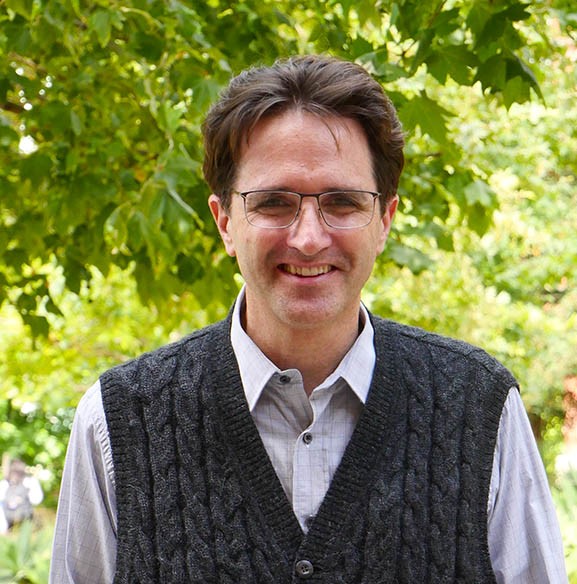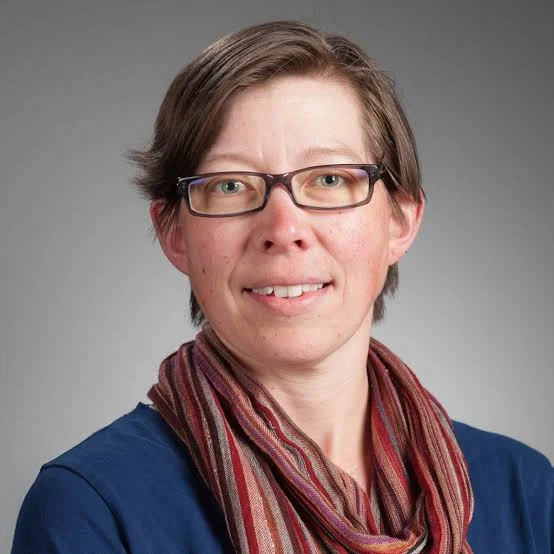Applied Research
Identifying gaps in disaster planning and mitigation, informing best practices and elevating solutions from disaster prevention all the way to recovery.
.png)
Overview
UCDRN incubates innovative interdisciplinary reasearch to address the uniquely challenging, growing risks that compounding disasters and polycrises pose, while coordinating research funding, seed grants, and knowledge-sharing. To date, UCDRN has excelled at incubating and spinning off critical research and wildfire management and prediction science. We've enjoyed working with key partners inside and outside the University of California, including local tribal leadership in the Chumash valley of Santa Barbara, The Moore Foundation, valued partner UC Natural Reserve System and more to facilitate atmospheric modeling, strategic environmental monitoring, and experimental burning to assess and reduce risks and impacts of wildfire-related disasters prior to their occurrence, all told, we've leveraged over $2 million in critical research funding as of early 2025.
Looking Forward: UCDRN Research Armada
We are building an interlocking research powerhouse. UCDRN’s Research Armada will coordinate a fleet of leading UC-based research centers, which will elevate our world-class system to new heights in public service: AI-enabled earthquake and wildfire analytics, cyber and data integrity, pandemic/AMR readiness, One Health and climate-smart infrastructure, and community-driven implementation. Built with translation in mind — seed funds, rapid-response pools, proposal studios, and cross-sector partners (utilities, insurers, tech, agencies, communities) — the Armada will move ideas from campus to field efficiently and effectively, with community-driven designs.
FIAT LUX. UCDRN core leadership are in the process of turning the lights on, engaging key partners to raise our organization to new heights, as this elevated system-wide pillar promises an outsized return on investment in lives protected, systems stabilized, and resilience replicated regionally — with national and global implications. Founding members include:

.png)

.png)

.png)

.png)

.png)
.jpg)
%20(1).png)
%20(1).jpg)
.png)

%20(1).png)
